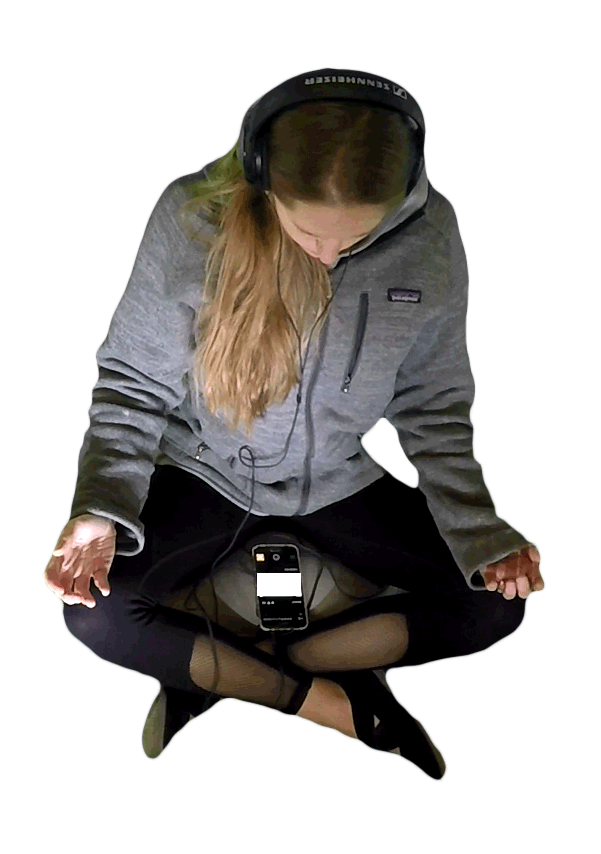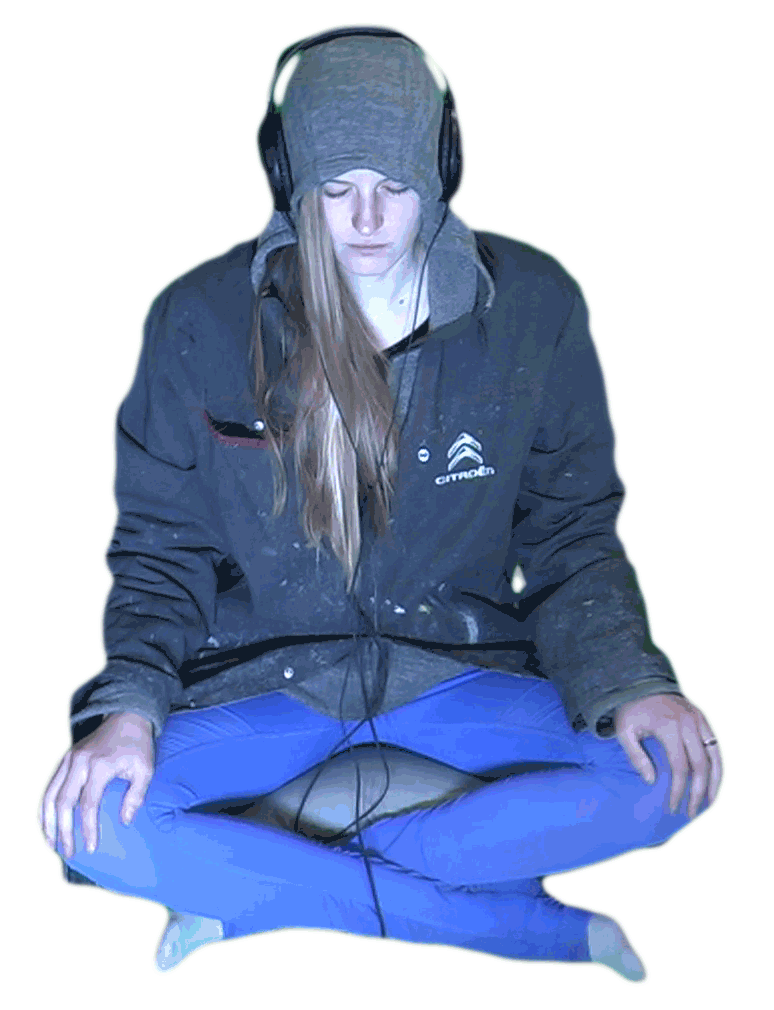HOW TO HOW TO HOW TO forget HOW TO HOW TO HOW TO remember
The .gif files produced during my research, simultaneously moving-image digital works well as documented echos of embodied performance, raise questions made explicit within the text: to what extent can technology, specifically YouTube “how to” videos, aid us in change? What limits us besides access to information? Does doing lead to becoming?
The complexities of the relationship between the performative body and the endlessly repeating .gif file further emphasise the gaps between a physically present, current self and a perceived technology-enabled future one, a self with the skills, knowledge, and abs we desire all only YouTube views away. The .gif files and their associated initial performances continue a personal search into the potential of the body pressed against the wall of supposed possibility.
The .gif files and the ideas behind their construction come from a personally bias yet sincerely skeptical belief in the Silicon Valley techno-utopianism I was raised in. They raise questions about how we understand our relationship to technology with emphasis on hopeful assumptions regarding broader implications of its impact.
The inherent qualities of YouTube are explored as much as the .gif medium. The research suggests that internet and DIY culture are driven by a similar belief in the ease of change. However, options for potential difference are controlled by the search algorithm and self-referential nature of user-generated content. “How to be sexy” videos pertain solely to a female body. With effort I could get away from the content created for my demographic. By searching “how to die” YouTube first serves a suicide hotline number, followed by a series of videos that detail how to prepare a body for burial at home. A very young girl claimed she could teach me to do a split in 24 hours1. A month later my body still refused. In learning Japanese YouTube could not affirm or refute my success and without affirmation the words were quickly forgotten. Still the.gif files speak on and on and on.
While each .gif file addresses a specific “how to” question, the themes and collection as a whole speak to larger notions of technology-enabled change. From YouTube I learn that to be mature one must wear dark colors, shake hands firming, and apologize often. The resulting .gif files are intended to challenge the simplicity of discrete actions in inciting larger changes. They are, however, also crucial in terms of exposing the extent to which it is possible to “fake it until you make it.” The .gif files bounce between this idea and cognitive behavior theory where a change in thought leads to a change in actions instead of the other way around.
The .gif files are most interesting as artworks when they do not betray clear and binary success/failure, when the viewer does not know whether or not I have achieved the “how to.” As with microporn .gif files, not sharing a conclusion makes use of the non-narrative, looping quality of .gif files. In this way they are not unlike the work of performance artist Ragnar Kjartansson who's work, as recently referenced in the New Yorker2:
“With repetition, narrative things like songs, concerts, or operas can lose their traditional form and become static—but vibrant, like paintings or sculptures,” Kjartansson explained. “I often look at my performances as sculptures and the videos as paintings.” Instead of following a story as it develops, the pliant viewer sinks so deeply into a single moment that it becomes epochal.
While to the physical body the “how to” has never been a failure, only not yet been achieved, the .gif is caught in a world with infinite repetition, will, time, energy and yet will not move beyond it’s initial state. The .gif medium changes the question from “can I succeed” to “what does it look like to attempt” and then for that attempt to be recorded and infinitely looped.
By not containing proof of change the .gif files do not show obvious failure/success. They ultimately refrain from conclusions about the ability to change. As such, the .gifs resist this classification. They explore not what I personally can and cannot learn but at the abstracted links between learning, doing, and becoming.
Nevertheless, within this framework the collection of .gif files asserted new knowledge in regards to identity formation. The methodology used to create the .gif files can be extended to related investigations of the impact of repetition on identity, knowledge, disembodiment, and change.
I suggest that HOW TO HOW TO HOW TO developed strategies that do not solely concern personal transformation but have broader implications to how we construct and alter identity and the ways in which that is facilitated through the internet and technology.

